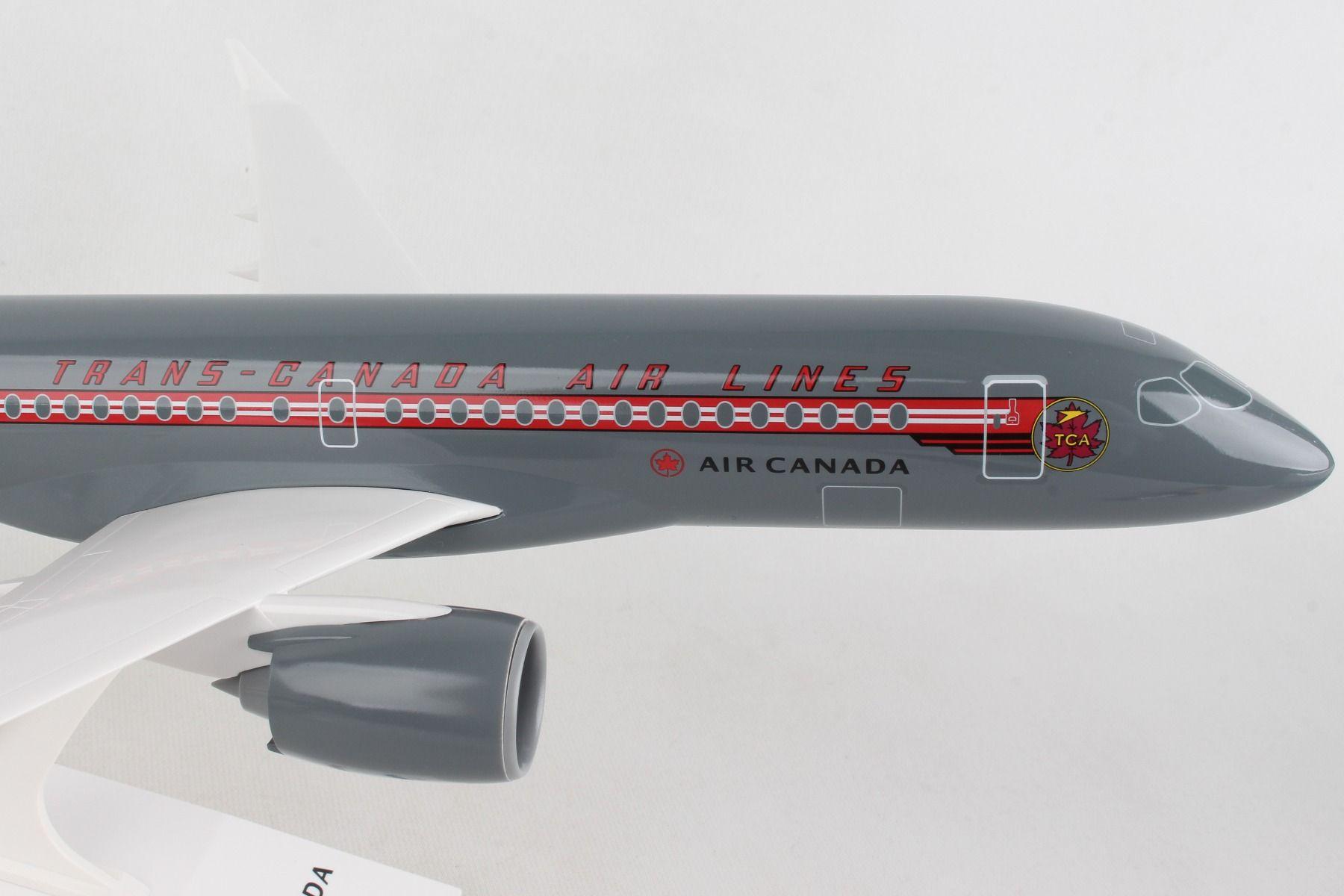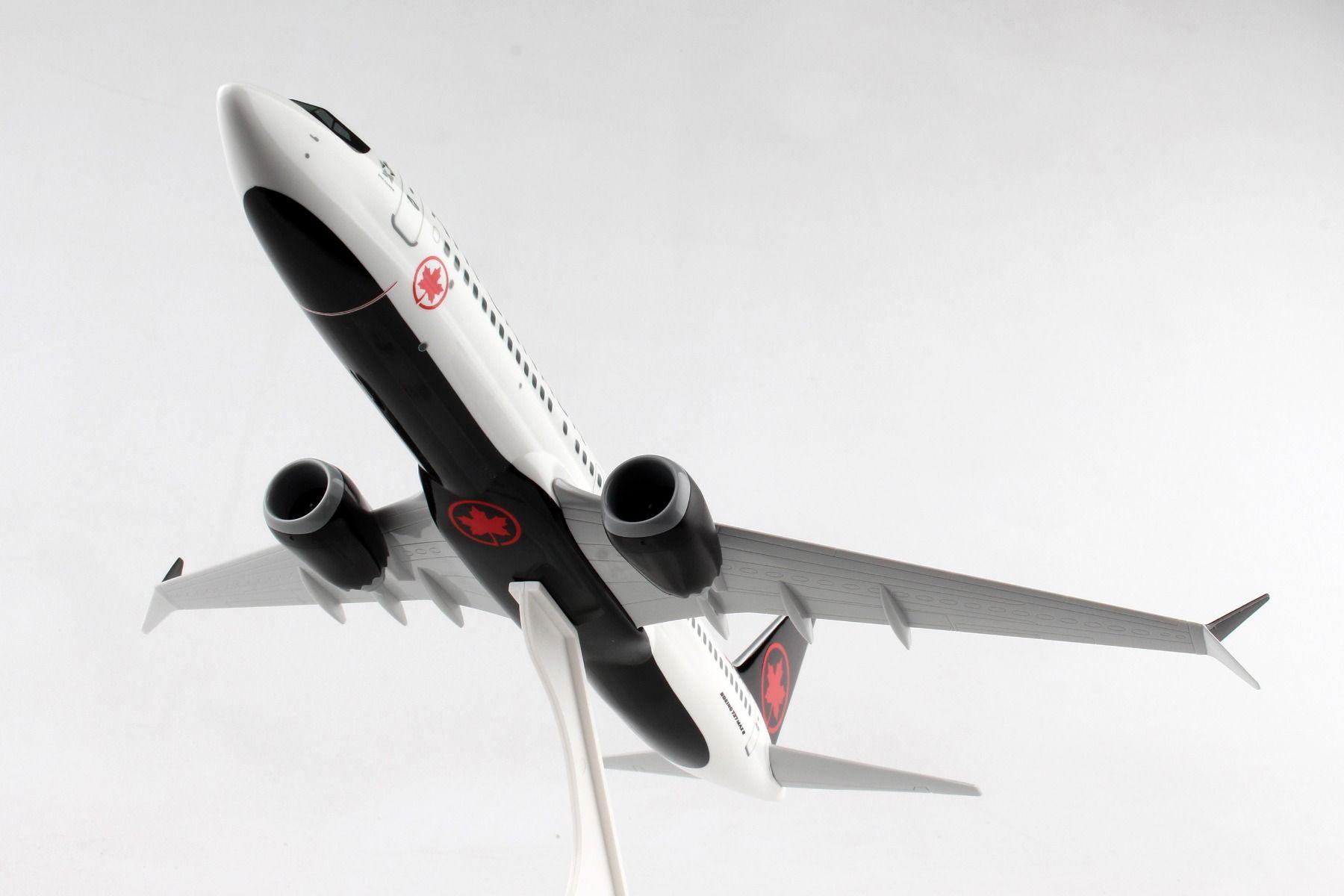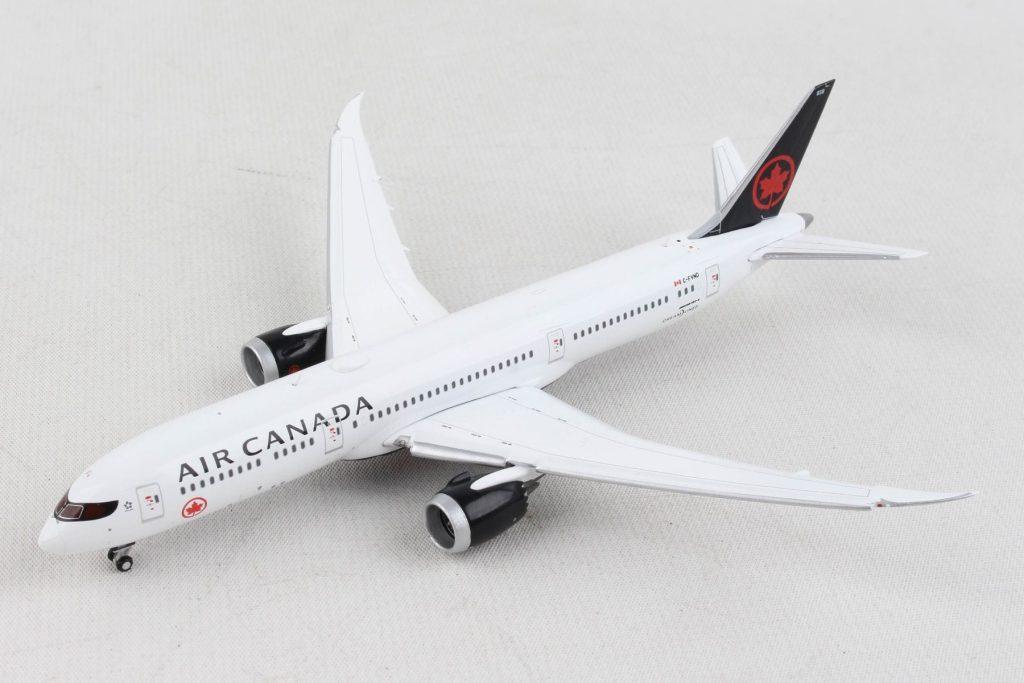Air Canada, often recognized as the nation’s flag carrier, has a rich history deeply intertwined with the development of aviation itself. Since its inception, the airline has soared through significant milestones, shaping the skies and connecting people across the globe.

The Early Beginnings
The story of Air Canada dates back to its foundation as Trans-Canada Air Lines (TCA) on April 10, 1937. Initially, it operated as a subsidiary of Canadian National Railway. With a fleet comprising Lockheed Model 10 Electra aircraft, TCA commenced operations, providing services primarily within Canada.
The Post-War Expansion
After World War II, there was a significant surge in air travel demand. TCA capitalized on this opportunity, expanding its routes and upgrading its fleet to cater to the growing passenger numbers. The introduction of more advanced aircraft like the Super Constellation and the DC-8 jetliners further bolstered the airline’s capabilities.
The Transition to Air Canada
In 1964, Trans-Canada Air Lines rebranded itself as Air Canada, marking a significant shift in its identity. This change was not just cosmetic; it reflected the airline’s evolving role as a global player in the aviation industry.
Facing Challenges and Overcoming Adversities
Like any long-standing entity, Air Canada faced its share of challenges. Economic downturns, rising fuel costs, and increased competition posed hurdles along its journey. However, the airline’s resilience and adaptability enabled it to navigate through turbulent times, implementing strategic measures to stay afloat.
Innovation and Modernization
Air Canada has been at the forefront of innovation in aviation. From pioneering in-flight entertainment systems to implementing advanced aircraft technologies, the airline has consistently aimed to enhance the passenger experience. Its commitment to sustainability also led to initiatives focused on reducing carbon footprints and embracing eco-friendly practices.

Global Reach and Strategic Alliances
Throughout its history, Air Canada has forged strategic partnerships and alliances with various international carriers. These collaborations have expanded its reach, offering passengers an extensive network of destinations across continents. Codeshare agreements and memberships in global airline alliances have played a pivotal role in this expansion.
Milestones and Achievements
Over the years, Air Canada has celebrated numerous milestones. From introducing new aircraft models to achieving industry accolades for service excellence and safety standards, each achievement has contributed to the airline’s reputation as a leader in the aviation sector.
Adapting to Changing Times
The dawn of the digital era brought about a transformation in how airlines interact with their customers. Air Canada embraced technology, introducing online booking platforms, mobile apps, and innovative digital services to streamline the travel experience.
The Present and Future Trajectory
As of the present day, Air Canada continues to evolve, adapting to the ever-changing landscape of the aviation industry. With a focus on enhancing operational efficiency, improving customer service, and investing in sustainable practices, the airline is poised to continue its legacy as a prominent global carrier.
Conclusion
From its humble beginnings as Trans-Canada Air Lines to its current status as a key player in international aviation, Air Canada’s journey has been a testament to resilience, innovation, and adaptability. As it navigates the skies, the airline remains committed to connecting people and cultures, fostering a legacy that transcends borders and spans generations.
Read More about the Air Canada History at wikipedia
